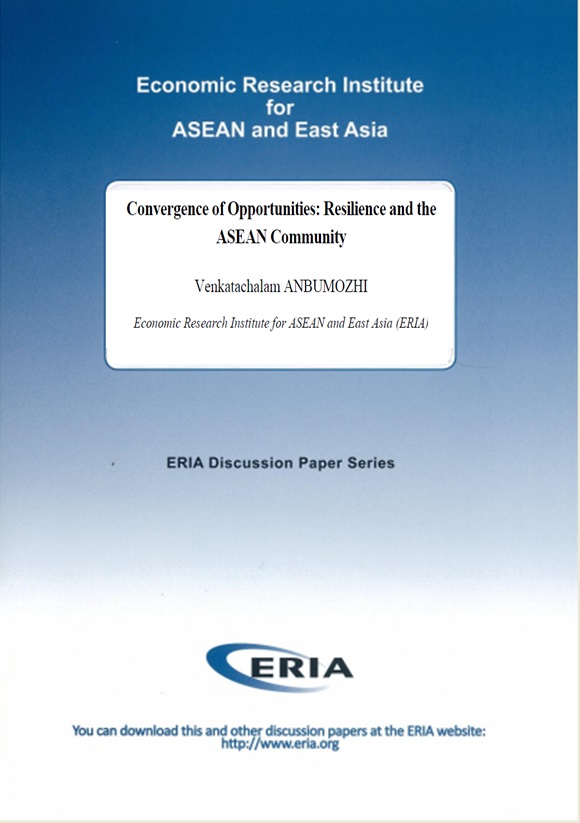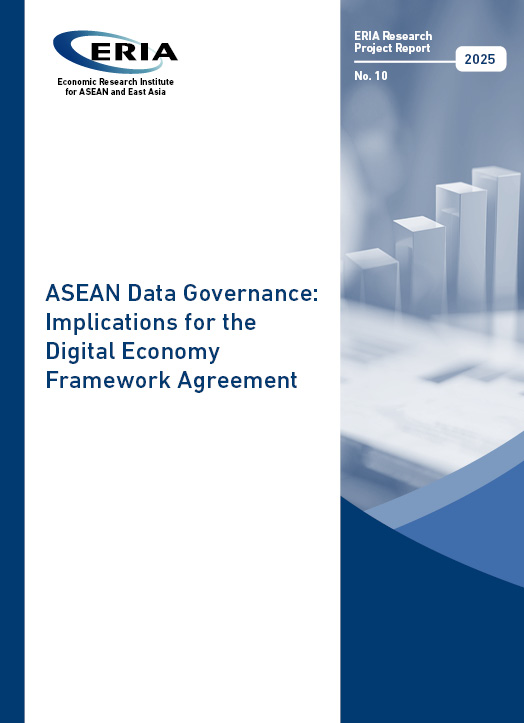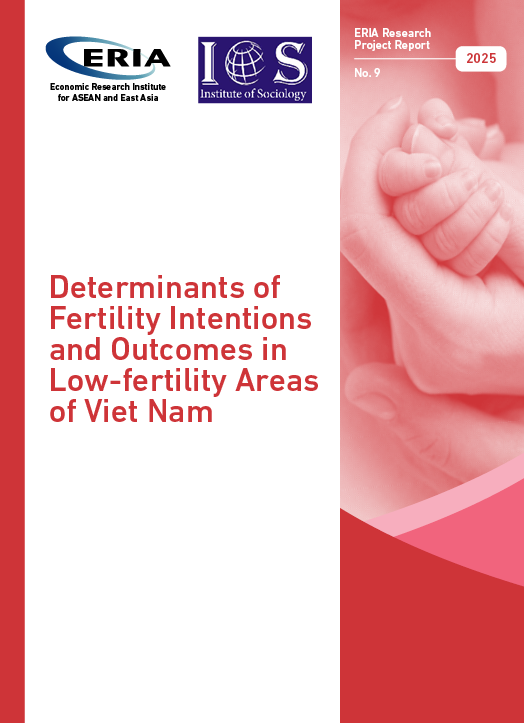Convergence of Opportunities: Resilience and the ASEAN Community

Date:
26 January 2016Category:
ASEAN, Disasters, Environment and Climate Change, Poverty and Sustainable Development GoalsType:
Discussion PapersTags:
Environment, Climate Change, disastersPrint Article:
Abstract
The year 2015 is a defining year for the Association of Southeast Asian Nations (ASEAN). As the region journeys forward in forging the ASEAN Community, the field of disaster management continues to face challenges and opportunities brought about by increasingly complex disasters and the evolving humanitarian landscape. This year also ushers in global conversations that impact national and regional initiatives in disaster management and, conversely, provide opportunities for the ASEAN to inform and influence these discussions. These conversations include, among others, the development of the successor framework to the Hyogo Framework for Action, the review and subsequent development of the post-2015 sustainable development goal, the ongoing debates on climate change, and other emerging issues on protection such as the Nansen Initiative on disaster-induced cross-border displacement, and the potential occurrence of natural disasters in conflict areas. At the regional level, the role of regional organisations in disaster management is deepening and becoming more pronounced and relevant to the member states and the international community. Large-scale disasters such as Cyclone Nargis and Typhoon Haiyan underscored the necessity of enhancing and strengthening synergy and cooperation between and among various stakeholders across multiple sectors. In reaching out to other stakeholders and sectors, ASEAN strives to maintain its centrality and leadership through the ASEAN Agreement on Disaster Management Emergency Response while, at the same time, being open and flexible to changes. As regional and global forces converge, it is fast becoming an imperative for communities--the peoples of ASEAN--to become more resilient. Attaining a shared analysis and understanding of issues, existing and emerging, in disaster management would better equip the ASEAN member states, ASEAN as a regional organisation together with its ministerial and sectoral bodies, and the communities, to continue building resilient communities post-2015. This paper identifies key thematic areas arising from ongoing and emerging regional and global discussions on disaster risk reduction, climate change adaptation, development of the post-2015 sustainable development goals, and protection issues arising from natural disasters, under the larger framework of resilience. It scans and analyses regional and global trends in disaster management, underscoring the emerging imperative of cross-sectoral and multistakeholder approaches, with a growing focus on issues of vulnerable groups and protection. The paper then five critical steps viz, strengthened legal framework, implementing integrated risk management, establishing a monitoring and evaluation framework, capitalizing private finance and capacity development as key components for formulating the post-2015 disaster management blueprint.




